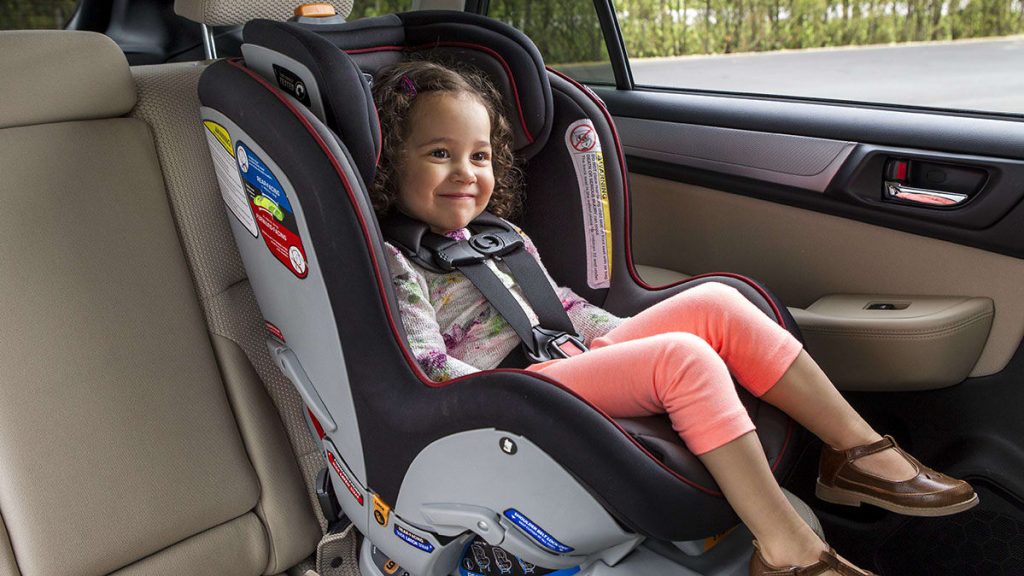

It is a simple task if you know what you are looking for in the system and what the basics are. AS/NZS 1754 is a voluntary standard except for those sections in the 2004, 20 versions specifically called up by the mandatory standard. © Article author(s) (or their employer(s) unless otherwise stated in the text of the article) 2018. Installing a child restraint system is not something to break a sweat for. The mandatory standard is based on the 2004, 20 versions of Australian and New Zealand Standard AS/NZS 1754 Child restraint systems for use in motor vehicles. Non-US field data and laboratory tests support the recommendation that children be kept in RFCRS for as long as possible, but the US NASS-CDS field data are too limited to serve as a strong statistical basis for these recommendations.īehavior child child survival epidemiology motor vehicle occupant. The Use and Misuse of Child Restraint Systems a Literature Review. Both 0-year-old and 1-year-old children in RFCRS had lower rates of injury than children in FFCRS, but the available sample size was too small for reasonable statistical power or to allow meaningful regression controlling for covariates. Years 1988-2015 of NASS-CDS contained 1107 children aged 0 or 1 year old meeting inclusion criteria, with 47 of these children sustaining injuries with Injury Severity Score of at least 9.

Make sure that the child is secured for the trip.

In order to compare with previous work, we analysed NASS-CDS years 1988-2003, and then updated the analyses to include all available data using NASS-CDS years 1988-2015. The child restraint system must be appropriate to the age, weight and size of the child. Due to concerns raised by an independent researcher, we re-evaluated the field evidence in favour of RFCRS using the National Automotive Sampling System Crashworthiness Data System (NASS-CDS) database.Ĭhildren aged 0 or 1 year old (0-23 months) riding in either rear-facing or forward-facing child restraint systems (FFCRS) were selected from the NASS-CDS database, and injury rates were compared by seat orientation using survey-weighted χ 2 tests. These recommendations are based on laboratory biomechanical tests and field data analyses. The National Highway Traffic Safety Administration and the American Academy of Pediatrics recommend children be placed in rear-facing child restraint systems (RFCRS) until at least age 2.


 0 kommentar(er)
0 kommentar(er)
